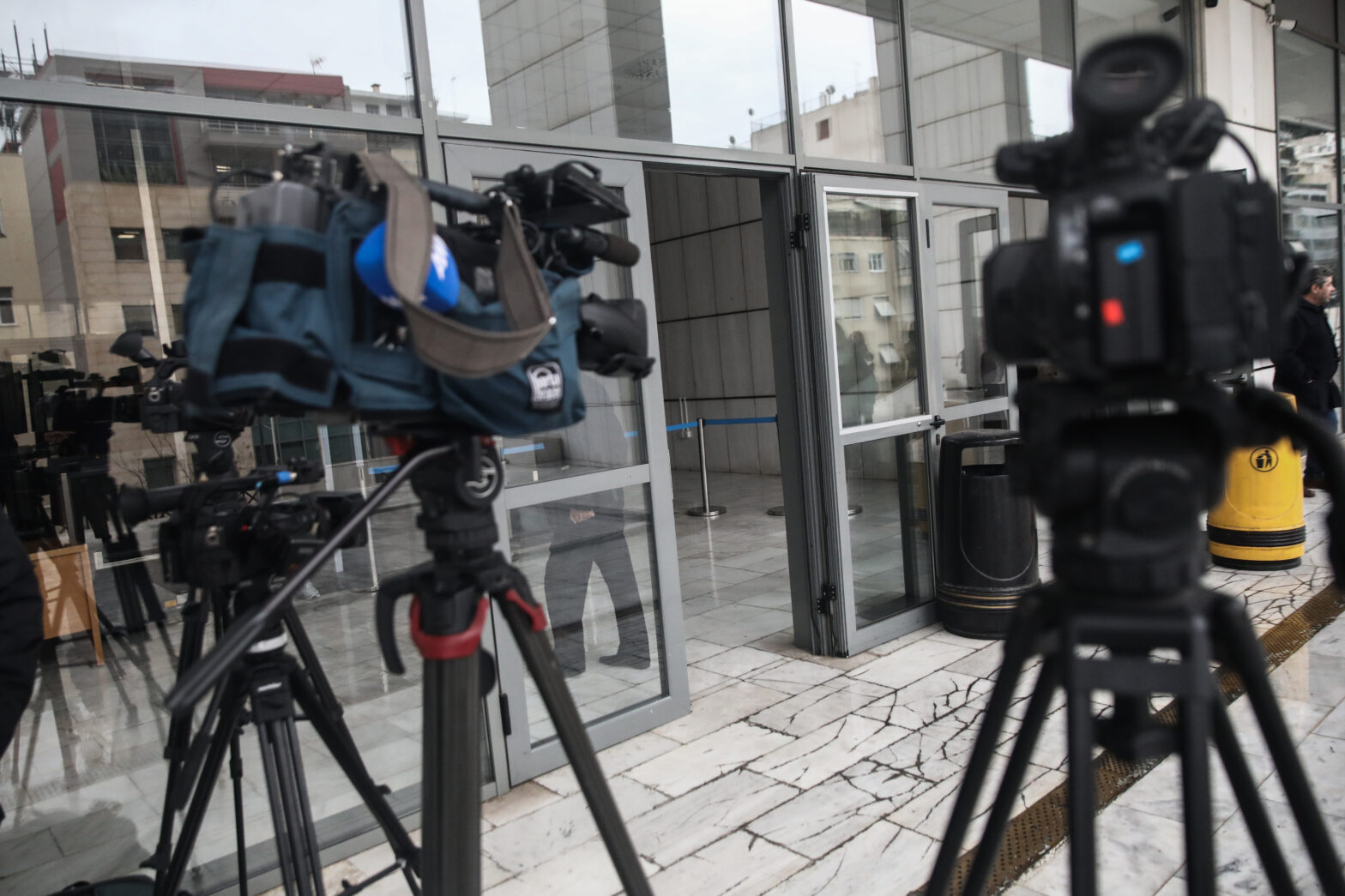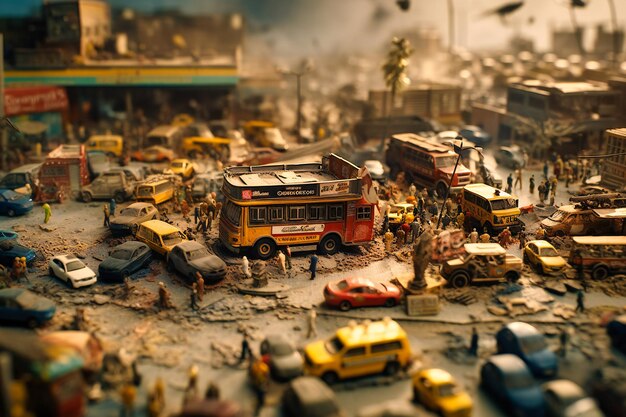Art Review: Modern Life - A Global Artworld (1850-1950)

Table of Contents
Realism and its Reactions: Capturing the Modern World
Realism, as a reaction against the Romantic ideals of the previous era, emerged as a dominant force in 19th-century art. Artists like Gustave Courbet, with his unflinching depictions of everyday life and the working class, challenged the artistic conventions of his time. His groundbreaking realism, exemplified in works like The Stone Breakers, aimed to portray the world as it truly was, sparking social commentary and influencing subsequent art movements. This focus on representing the modern world authentically paved the way for the Impressionists and Post-Impressionists.
- Courbet's groundbreaking realism and its social impact: Courbet’s rejection of idealized scenes and his focus on the mundane had a profound effect on how artists viewed their role in society.
- Impressionism's focus on light and fleeting moments: Artists such as Claude Monet and Pierre-Auguste Renoir revolutionized painting with their emphasis on capturing the momentary effects of light and atmosphere. Their innovative techniques challenged the traditional academic style.
- Post-Impressionism's exploration of subjective experience and form: Vincent van Gogh and Paul Cézanne moved beyond Impressionism's focus on light, exploring personal expression and subjective interpretation of form and color. This paved the way for the even more radical movements of Modernism.
- Key differences and stylistic evolutions between movements: While Realism aimed for objective representation, Impressionism focused on subjective perception of light, and Post-Impressionism prioritized individual expression and experimentation with form.
The Rise of Modernism: Exploring New Forms and Ideas
The late 19th and early 20th centuries saw the rise of Modernism, a broad artistic movement characterized by a radical break from traditional styles and a rejection of academic conventions. Industrialization and urbanization profoundly impacted artistic expression, leading to new forms and ideas. This era of Modernism art gave rise to several distinct styles:
- Fauvism's vibrant use of color and bold brushstrokes: Henri Matisse and his fellow Fauves prioritized intense color over realistic representation, creating vibrant and expressive works.
- Expressionism's emotional intensity and subjective representation: Edvard Munch and Ernst Ludwig Kirchner, among others, channeled their inner turmoil and emotional experiences onto the canvas, creating art that was raw and intensely personal.
- Cubism's fragmentation of form and perspective: Pablo Picasso and Georges Braque revolutionized art with their Cubist works, fragmenting forms and representing multiple perspectives simultaneously.
- The influence of photography and technological advancements: The invention of photography and other technological advancements influenced Modernist artists, leading to experimentation with new techniques and subject matter.
Beyond Europe: A Global Perspective on Modern Life Art
The story of Modern Life art is not solely a European narrative. Artistic developments in various regions across the globe reflect the diverse expressions of modernity. Examining global art history reveals a rich tapestry of styles and perspectives.
- The influence of Japanese art on European Impressionism and beyond: Japanese woodblock prints (ukiyo-e), with their bold compositions and flattened perspectives, significantly impacted European artists like Monet and Van Gogh.
- The emergence of distinct national styles in Latin America: Latin American artists developed unique styles that blended indigenous traditions with European influences, reflecting their own experiences of modernity.
- The impact of colonialism and globalization on artistic production: Colonialism and globalization had a profound and often complex influence on artistic production, leading to both cultural exchange and appropriation.
- The challenges of defining "Modern Life" in non-European contexts: Defining "Modern Life" requires considering the specific historical and cultural contexts of non-European societies. The concept of Modernity itself manifested differently around the world.
The Legacy of Modern Life Art: Influence and Enduring Themes
The art created between 1850 and 1950 continues to exert a powerful influence on subsequent artistic movements and contemporary art. The themes and styles explored during this period resonate deeply with audiences today.
- The continuing relevance of Realism's social commentary: Realism's focus on social issues remains relevant in contemporary art, with artists continuing to address social inequality and injustice.
- The influence of Modernism on abstract art and contemporary styles: Modernism's experimentation with form and abstraction continues to inspire artists today, shaping numerous contemporary art styles.
- The ongoing exploration of identity and global perspectives in art: The exploration of identity and global perspectives, crucial to understanding Modern Life art, continues to be a central theme in contemporary art.
- The impact on art education and museum collections: The art of this period holds a significant place in art education and museum collections worldwide, shaping our understanding of art history.
Conclusion:
This art review of "Modern Life - A Global Artworld (1850-1950)" has showcased the extraordinary artistic diversity and innovation that characterized this era. From the realistic depictions of everyday life to the revolutionary abstractions of Modernism and the rich tapestry of global perspectives, this period laid the groundwork for much of contemporary art. Understanding this pivotal period in art history is crucial to appreciating the evolution and complexity of artistic expression. To further explore the fascinating world of Modern Life art, delve deeper into the individual movements and artists discussed here, and discover the rich legacy they continue to leave behind. Further research into 19th-century art and 20th-century art, especially within the context of global art history, will enrich your understanding of this pivotal period.

Featured Posts
-
 10 Key Points In The Jyoti Malhotra Espionage Case
May 19, 2025
10 Key Points In The Jyoti Malhotra Espionage Case
May 19, 2025 -
 Boyleyma Symvoylioy Efeton Dodekanisoy 210 Enorkoi Sto Mikto Orkoto Efeteio
May 19, 2025
Boyleyma Symvoylioy Efeton Dodekanisoy 210 Enorkoi Sto Mikto Orkoto Efeteio
May 19, 2025 -
 Royal Mails 76p Stamp Price Increase Unfair Or Necessary
May 19, 2025
Royal Mails 76p Stamp Price Increase Unfair Or Necessary
May 19, 2025 -
 Tragedy At Fsu Remembering The Victims Including A School Employee With A Notable Family History
May 19, 2025
Tragedy At Fsu Remembering The Victims Including A School Employee With A Notable Family History
May 19, 2025 -
 Justyna Steczkowska Zle Wiesci Przed Eurowizja
May 19, 2025
Justyna Steczkowska Zle Wiesci Przed Eurowizja
May 19, 2025
